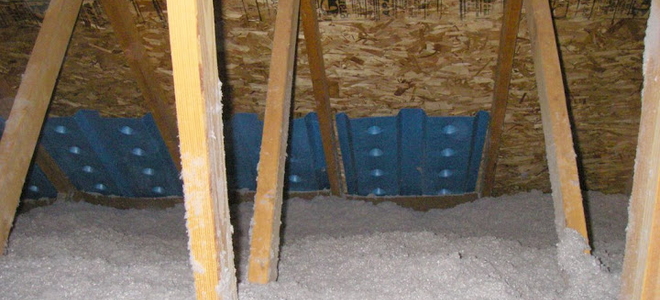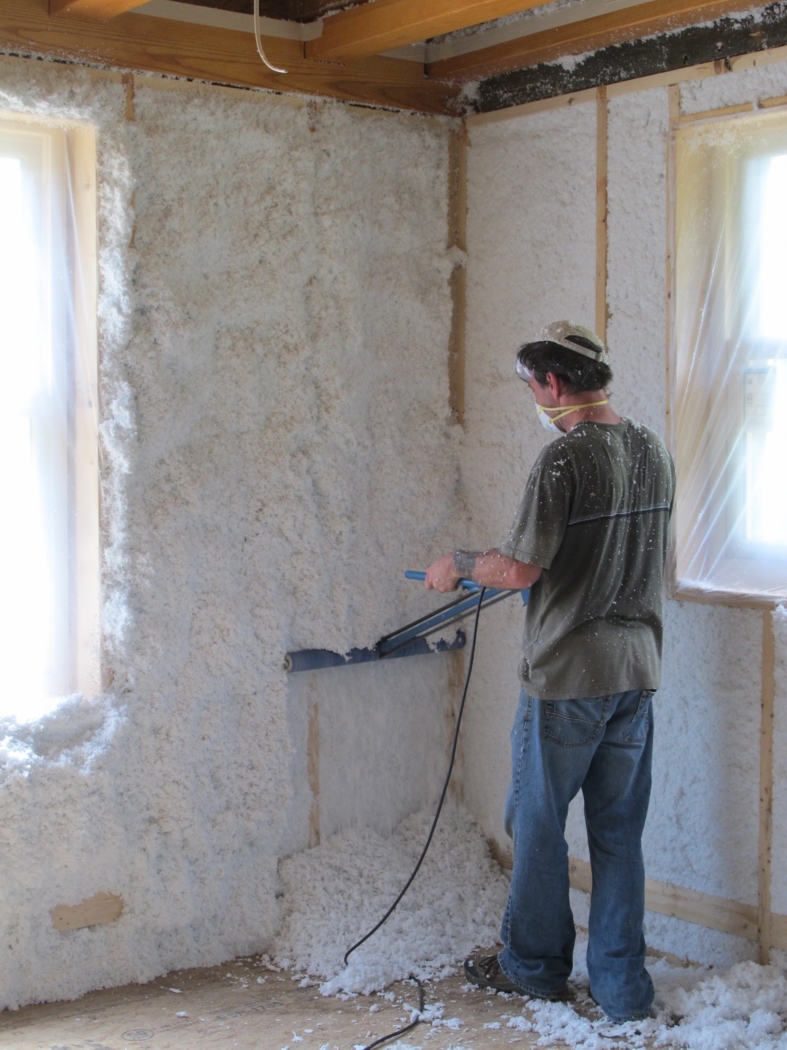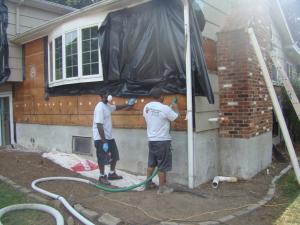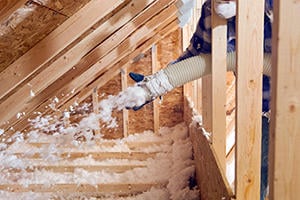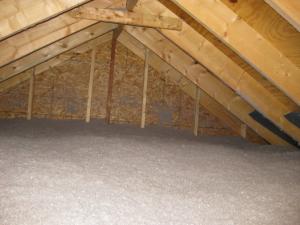Do It Yourself Blown In Insulation Walls

Staring down a sealed wall and needing to add blown in insulation to it can seem like an impossible task and even more impossible because of the mess you could make doing this yourself.
Do it yourself blown in insulation walls. If time is an issue and your attic is filled with inconsistent spaces then blown in insulation is. Loose fill or blown cellulose insulation is manufactured primarily from recycled newspapers a very benign product so it poses virtually no ongoing health risk. Blown fiberglass on the other hand is made up of very fine strands of glass and these tiny fibers are a carcinogen that can easily be inhaled into your lungs. Bag of greenfiber blown in cellulose insulation this 30 lb.
The pros charge 1 500 to 2 000 to do a 1 200 sq ft. Blown in insulation is great for spaces that are not uniform in size. Handy homeowners can install blown in insulation in the attic. Removing the wallcovering to insulate the wall cavity just isn t cost effective.
Step 1 create access. How much does attic insulation cost. For that reason blown insulation is usually the preferred choice when you have to re insulate a completed wall. You can do it yourself for about 500.
Blowing in attic cellulose is conceivably a do it yourself job. With no shortage of companies offering blown in cellulose competition keeps prices lower for this type of insulation. Rest assured that it is actually not that hard to do and there does not have to be too much mess involved. In fact you can cover large areas with blown in insulation in very little time and do not have to worry about gaps or working around electrical wires.
Bag of greenfiber blown in cellulose insulation creates an energy saving thermal blanket in your walls. It s cheaper and easier to create small penetrations in the wall so that the insulation can be blown in. Blown in insulation overview. If you need to add insulation in your attic save big by blowing in cellulose insulation yourself.
Blowing insulation into walls is best left to the pros because it involves drilling into stud spaces that may contain electrical.

